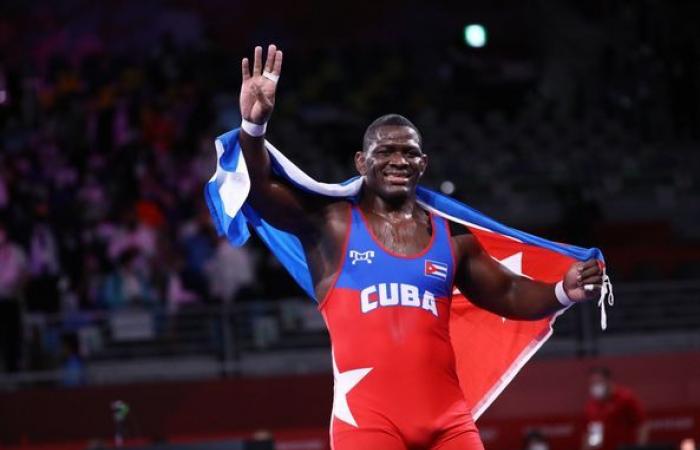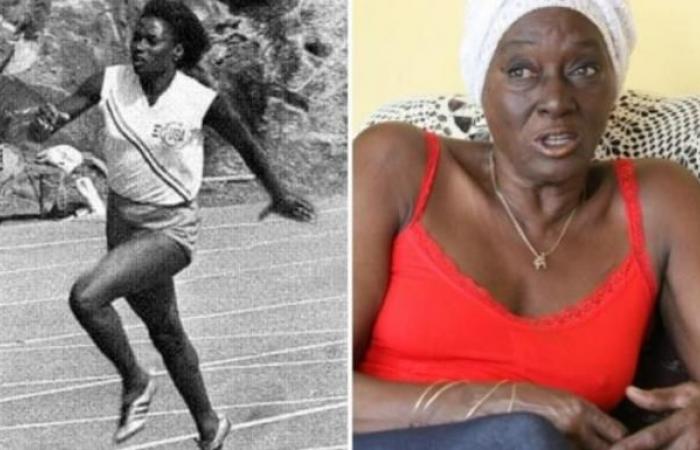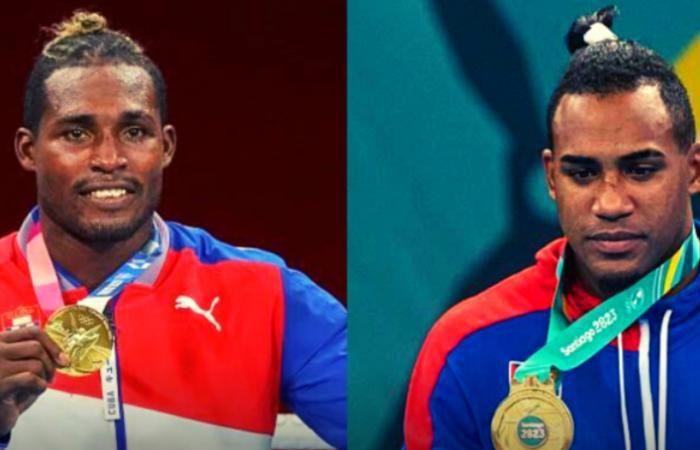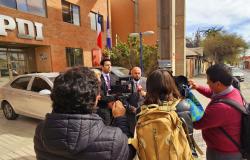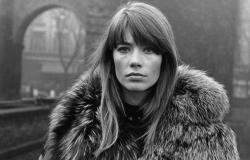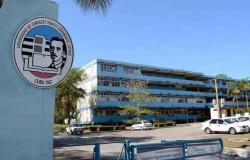I like and need to use my imagination in what I write. Martí taught me that it is a wonderful weapon for reasoning. He also showed me the indispensability of analysis. Fire or coldness burn too much. The well-run marriage of dreams and study is essential to not only write, create, discover, reveal: to live. That does not mean giving the reader everyday porridge without letting him learn to prepare his dishes, to cook, to develop his tastes, his appetite.
Enrique José Varona, without ceasing to value journalism schools, advocated creating schools for readers. You have to know how to delve deeper, enjoy the beauties of the language and the landscape, not go for the crude, the simple, even the poisonous and shoot at any pitch. If you are not trained to run, a few meters seems like a marathon. You don’t enjoy the race, it even hurts you. The same thing happens in matters of thought. Félix Varela clarified that the first thing is to think. And in that school of readers those who communicate weigh a lot: they help to sculpt.
Some may say this man goes a lot for sports. It’s just that I owe him so much… Ah, he has a lot of athletic existence and this on all fronts of life. Furthermore, the text that I will offer below starts from the agonal. And I give them to you so that you can draw your own conclusions as Taladrid says.
Tokyo 1964
The Japanese capital was going to be the scene of the XII Olympic Games in 1940. The Second World War prevented it. Fourteen years later it would be the theater of the 18th edition of the festival that hosted 5,143 contestants from 93 countries. Cuba was represented in it by 27 competitors, two of them women: the sprinter Miguelina Cobián and the fencer Mireya Rodríguez.
We only obtained one medal, the silver of Enrique Figuerola Camué, with 10.2 in the queen event, only surpassed by the American Bob Hayes who achieved the Olympic mark of 10 seconds. In the semifinals he equaled the world record (9.9), but it was not recognized. the achievement of having a tailwind above the limit. Enrique thus became the first Olympic medalist after the triumph of the Revolution. Hayes was part of the short relief team that broke the world record with 39.
Enrique Figuerola, second, waiting to be awarded.
The other two of our representatives in athletics were Miguelina, who was fifth in the 100 dash for her 11.6, the first Cuban to reach the finals in these classics, and Lázaro Betancourt, Central Caribbean ace and Pan American bronze medalist who reached the semifinal phase where he got 14.2.
Miguelina Cobián.
The foilist Mireya, Pan American gold medalist, did not make it past the second stage, after accumulating three and three in the first. Her comrade-in-arms, Enrique Penabella, did not make it past the initial lap. Weightlifter Ernesto Varona, the standard bearer, finished in fifteenth place in the over 90 kilo category with a total of 457.5.
The boxers Rafael Carbonell (51 kilos), Fermín Espinosa (54), Roberto Caminero, known as Chocolatico Pérez (57), Bienvenido Hita (60), Félix, la Panterita, Betancourt (63.5) and Virgilio Jiménez (67) did not shine as Was expected. In the quarterfinal period, due to their respective victories, the only ones achieved in the ring were Espinosa and La Panterita.
In the coxless four, the rowers Gilberto Campbell, Alfredo Hernández, Leovigildo Milián and Segundo Mora were eliminated in the repechage after being sixth in the previous competition; 7:17.11. Manuel Padrón was substitute. In eight with coxswain, together with Norge Marrero, Osvaldo Díaz, Ezequiel Montenegro, Roberto, Waco, Ojeda and Mario Tabío they came fifth in the eliminatory (6:31.76) and fourth in the repechage (6:27.29).
The gymnastics team ranked 15th out of 18 with a score of 522.96. It was made up of Andrés González (96th place among 130 rivals), Héctor Ramírez (97), Octavio Suárez (97), Félix Padrón (100), Luis de Pablo (109) and Carlos García (114).
XXXII Games
The Greater Antilles attended with 70 competitors: 36 men and 34 women. She took 14th place in the medal table with 7-2-5. Only above in America: United States (39-41-33), Canada (7-6-11) and Brazil (7-6-8) in the first, eleventh and twelve places respectively. Its seven gold medalists were the maximum weight Mijaín López, who has become the most successful wrestler in the world in the Olympics, and Luis Orta, of the 60 kilograms, one of the biggest surprises of the contest, both in the Greco-Roman specialty.
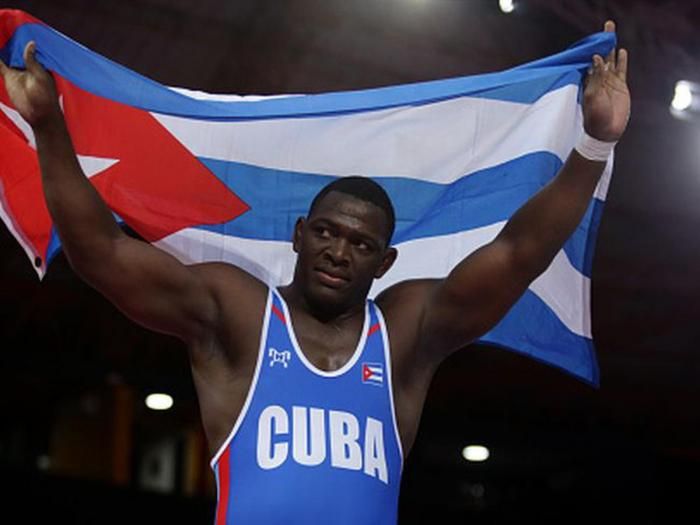
The boxers Julio César la Cruz (heavyweight), Arlen López (light heavyweight), Roniel Iglesias (welterweight) and Andy Cruz (lightweight). The first two won their second gold medals at the big party. Serguei Torres and Fernando Dayán Jorge were the best in C-2. And to think that some wanted not to send Sergei because they no longer saw the conditions to win.

Julio César la Cruz and Arlen López.
Silver contenders: judoka Idalys Ortiz in more than 78 kilos, Leuris Pupo in the 25-meter pistol, and long jumper Juan Miguel Echevarría. Those in bronze: the lightweight boxer Lázaro Álvarez, the 80 kilo taewandoka Rafael Alba, the long jumper Maikel Masó, Yaimé Pérez in discus and the 97 kilo free wrestler Reineris Salas.
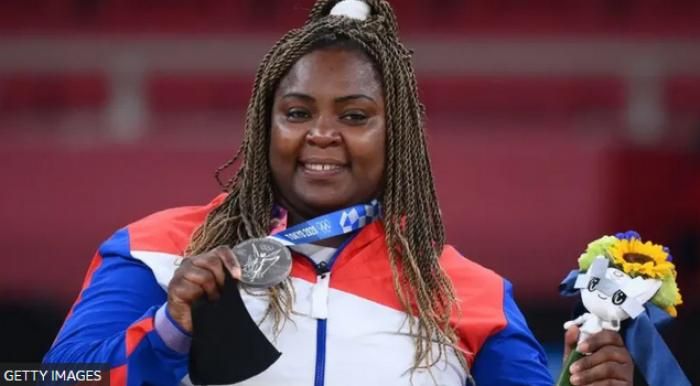
Idalys Ortiz.

